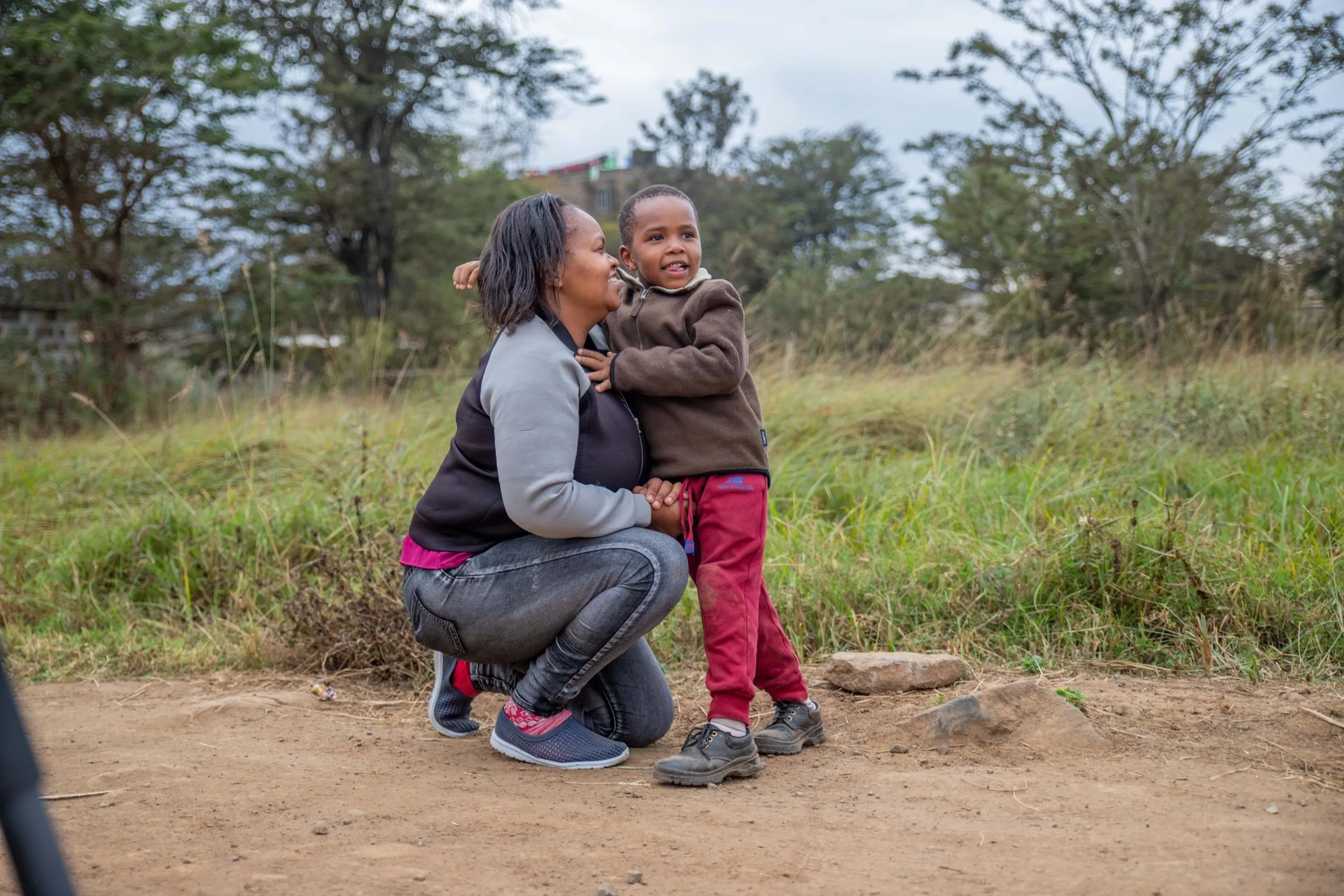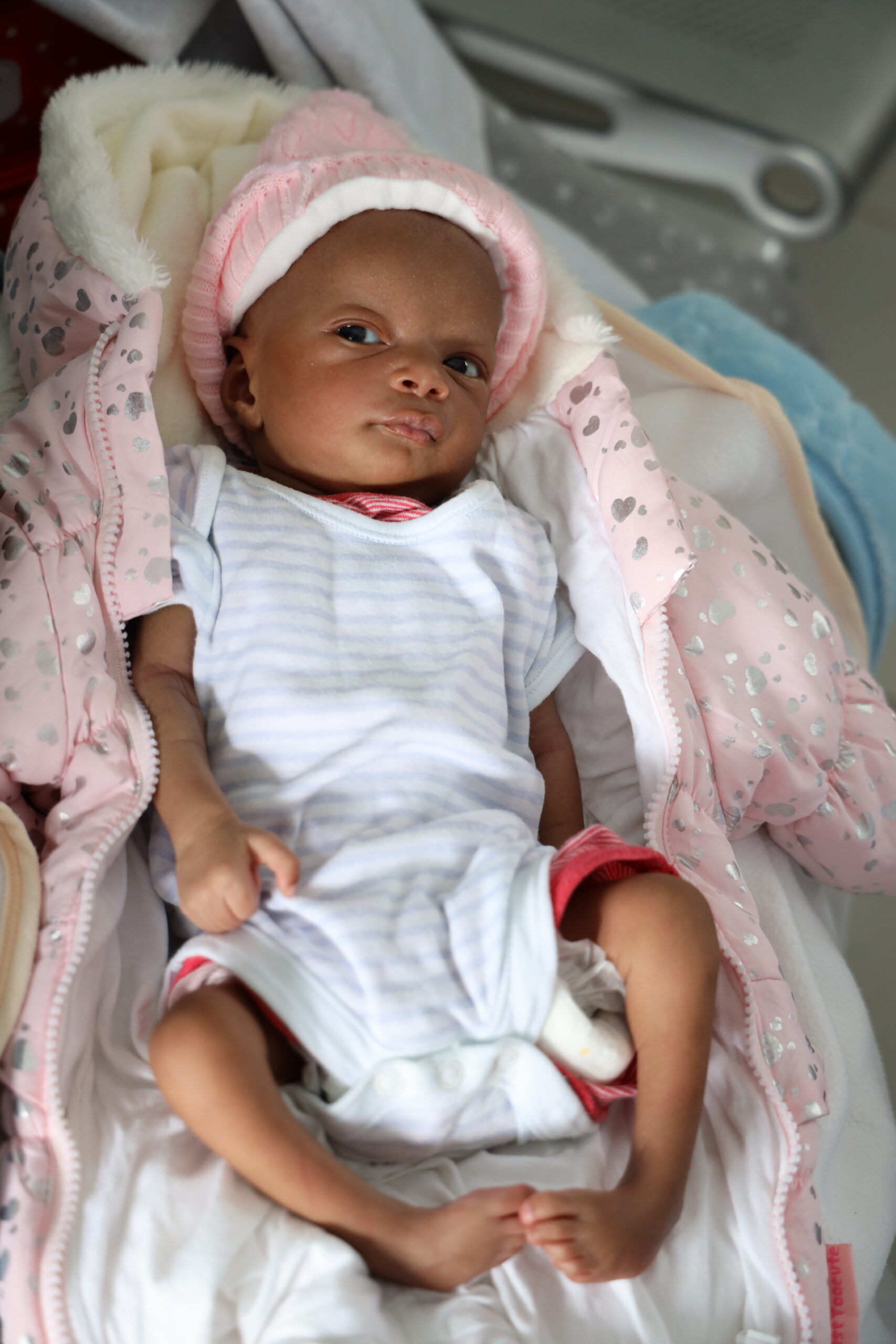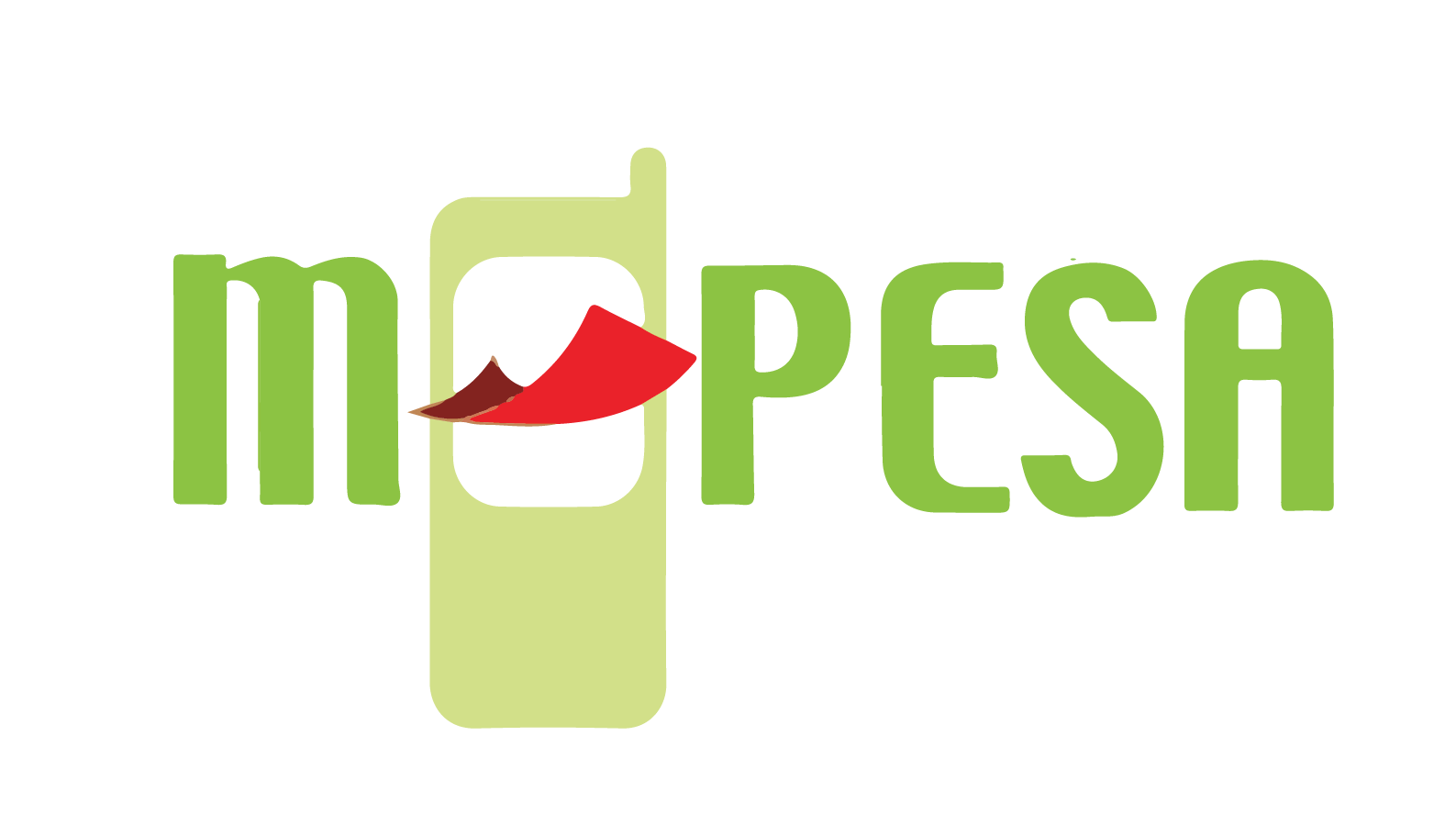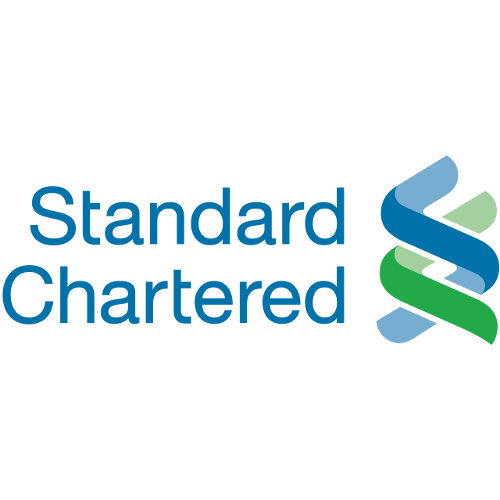In Kenya, numerous children born with clubfoot face barriers in accessing necessary treatment. Your donation can break these barriers, offering a child the chance for a life free from the challenges of clubfoot and extending the love of Christ to those in need.


At CCK, we believe in the power of every shilling. With less than Ksh 60,000, we provide complete clubfoot treatment, changing lives forever. Join us in making a tangible difference for children in need.
Clubfoot, a congenital condition where the feet are turned inwards, can be effectively treated through the Ponseti Method. The Ponseti Method is a non-surgical approach for treating clubfoot, a congenital condition characterized by inwardly turned feet. It involves three main stages:
Every child deserves the chance to walk freely. Early treatment for clubfoot is key. Clubfoot should never be a barrier to a child’s potential. By providing early and effective treatment, we empower these children to lead active, fulfilling lives. Together, we can make a lasting difference in the lives of these children and their families, one step at a time.

For just Ksh 60,000 or 12 monthly gifts of Ksh 5,000, you can make a difference for a child and his or her family.
At CCK, we’re dedicated to freeing children from clubfoot. Through partnerships, training, and support, we ensure top-quality care. Our Parent Advisors guide families, and our management maintains high standards. Together, we empower children for a life without clubfoot’s challenges.
Most children undergoing treatment for clubfoot will take their first steps on feet that have been effectively corrected. They’ll step into a life free from the pain and stigma of disability, embracing a world of opportunities and exciting new prospects for for their promising future journey.
P: +254703104755
In the Ponseti Method, casting is a fundamental aspect of the initial correction phase. Here’s an explanation:
Casting is a cornerstone of the Ponseti Method for treating clubfoot. This process involves applying a series of plaster casts to gradually and gently reshape the foot into a corrected position. The casting material is typically made of plaster of Paris or a similar material that can be molded to conform to the shape of the foot.
During casting, the foot is manipulated into a more natural alignment, with the aim of gradually correcting the inward and downward twisting characteristic of clubfoot. The cast is applied snugly, but not too tightly, to hold the foot in its corrected position.
Each cast is typically left on for about one week. After the removal of one cast, the foot is assessed and, if necessary, further gentle manipulation is performed to achieve additional correction. A new cast is then applied, and this process is repeated over a series of weeks.
As the casting progresses, you’ll notice a visible improvement in the position of the foot. This methodical approach allows the tendons and ligaments to adapt to the corrected position over time.
Casting is a vital component of the Ponseti Method, laying the foundation for successful long-term correction of clubfoot deformity. It requires expertise and precision, often performed by a trained healthcare provider experienced in this technique. Regular follow-up appointments are essential to monitor progress and determine the appropriate timing for each cast change.
In the context of the Ponseti Method, a tenotomy is a minor surgical procedure that may be performed if the Achilles tendon at the back of the ankle remains tight after the initial correction phase. Here’s an explanation:
A tenotomy is a simple surgical procedure performed as part of the Ponseti Method to address residual tightness in the Achilles tendon, which can sometimes persist after the initial correction of clubfoot. This procedure involves making a small incision in the skin and then gently cutting the tight portion of the tendon. This releases tension and allows the foot to achieve a more natural position.
The tenotomy is a quick and relatively straightforward procedure, often performed under local anesthesia. It is not uncommon for the child to experience a small amount of bleeding and swelling at the incision site, but this typically resolves quickly.
Following a tenotomy, the foot is typically recasted and the child continues to wear the Foot Abduction Brace (FAB) as part of the maintenance phase of the Ponseti Method. This ensures that the corrected position is maintained while the tendon heals.
Tenotomy is a crucial step in achieving a successful outcome with the Ponseti Method, as it helps to address any remaining tightness in the Achilles tendon and allows for a more complete correction of the clubfoot deformity. It is important for parents and caregivers to follow the post-operative care instructions provided by the healthcare team to support the healing process. Regular follow-up appointments will also be scheduled to monitor progress and make any necessary adjustments to the treatment plan.
In the Ponseti Method, braces play a crucial role in maintaining the corrected position of the clubfoot after the initial correction phase. Specifically, the brace used is called a Foot Abduction Brace (FAB).
The FAB is designed to gently hold the feet in an outward position, which helps prevent relapse of the clubfoot deformity. It’s typically worn full-time for a few months, and then during naps and at night for several years. This extended use is important because it allows the tendons, ligaments, and joints in the feet to adapt to the corrected position.
The brace is custom-fitted to the child’s feet and lower legs, ensuring a snug yet comfortable fit. It’s usually made of lightweight, durable materials to provide both support and freedom of movement. Parents or caregivers are provided with instructions on how to properly put on and take off the brace.
Consistent and proper use of the brace is crucial for the long-term success of the Ponseti Method. It helps to ensure that the child’s feet continue to grow and develop in the correct alignment, allowing them to walk and engage in activities without hindrance. Regular follow-up appointments with a healthcare provider are essential to monitor the progress and make any necessary adjustments to the brace as the child grows.


ACCOUNT NUMBER: 0102876544900


ACCOUNT NAME: CLUBFOOT CARE FOR KENYA
BANK: STANDARD CHARTERED BANK KENYA LIMITED
BANK CODE: 02
BRANCH: WESTLANDS BRANCH
BRANCH CODE: 02015
SWIFT CODE: SCBLKENXXX